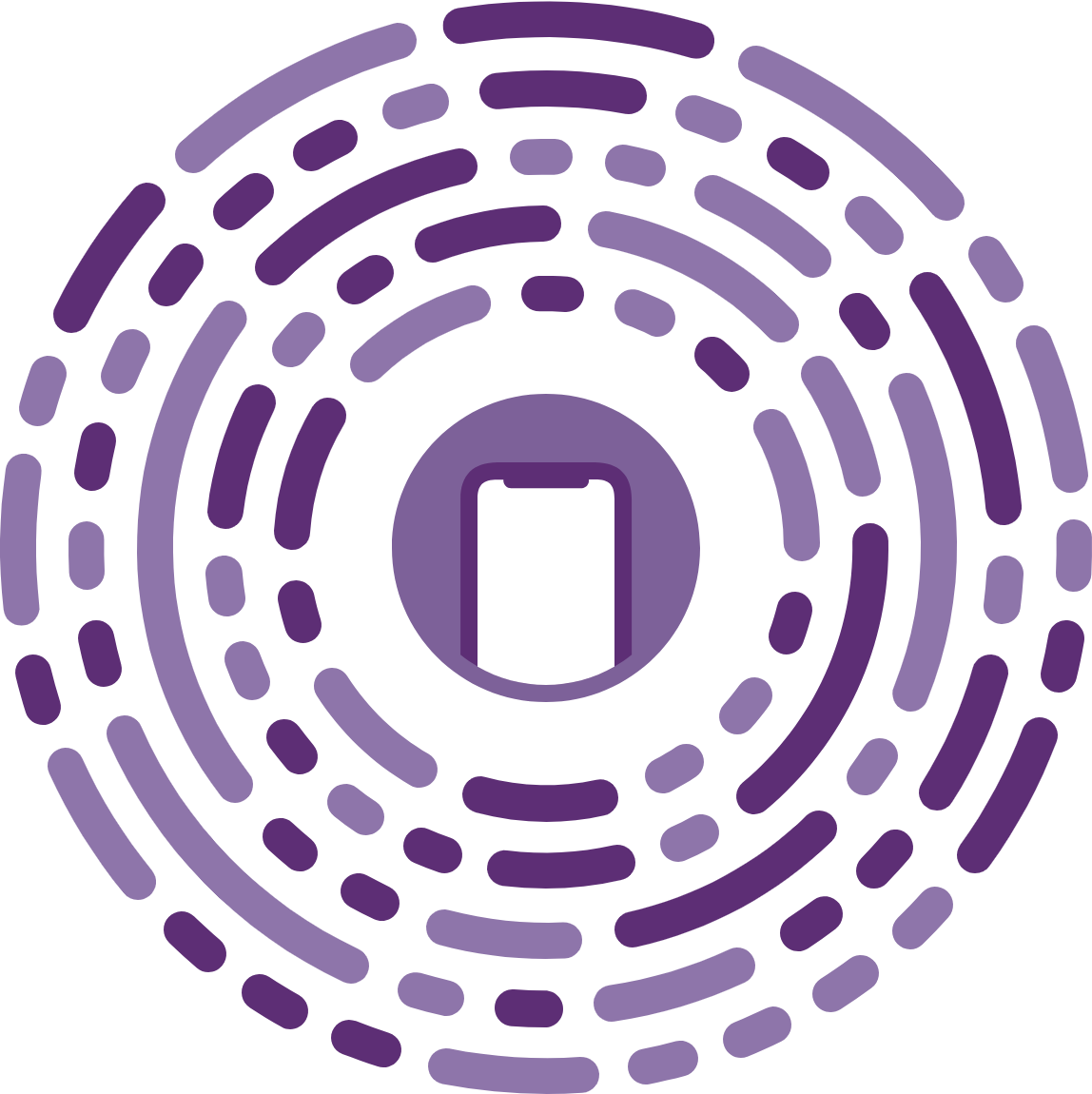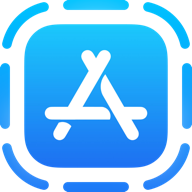We’ve all had an experience like this. Say we want to order something from Target’s new curbside pick-up program, Drive Up. But in order to place an order, we find out that we need to download the Target app, navigate to the Drive Up option, then browse and place our order. Ugh, we think, I have to download the full app? I’ll just order online from somewhere else. With iOS 14, however, Apple has taken a big step toward bridging the gap between apps and potential users by introducing App Clips, a feature that makes it quick and easy for users to experience the best of what an app has to offer, without downloading it. A Target Drive Up App Clip, for instance, could take customers straight to the Target app’s checkout flow when they arrive at the store parking lot—without prompting customers to download the app, and without asking them to navigate other, less relevant parts of the app’s functionality, like searching for or selecting a pick-up location.
Doing business with Apple can come with some pain points. From kneecapping the IDFA to its infamously strict App Store guidelines, Apple has made it difficult for app developers to create, host, attract, and retain users to their apps on the App Store. On the other hand, Apple has a long-standing reputation as a user-friendly company, and users have long trusted Apple products. We think of App Clips as the latest in a series of moves from Apple to build a user-centric ecosystem that more organically meets users where they are. Unlike apps that provide users the full range of their options to users, an App Clip is a streamlined, task-based experience that gives users exactly what they need in that moment—nothing more, nothing less.
Though a good deal of the technology in App Clips has been around for a while—we’ve all interacted with widgets on Android devices and iPhones over the past decade—by introducing its new take on IDFA and launching App Clips in iOS 14, Apple is a cut above other tech companies trying to create great experiences for their users. Though App Clips might seem gimmicky, this isn’t tech for tech’s sake: App Clips can offer your app significant benefits across your business and user experience, and it’s easy to integrate into existing systems and workflows.
.png?width=130&height=78&name=Heady_Logo_Web-01%20(1).png)
.png)



